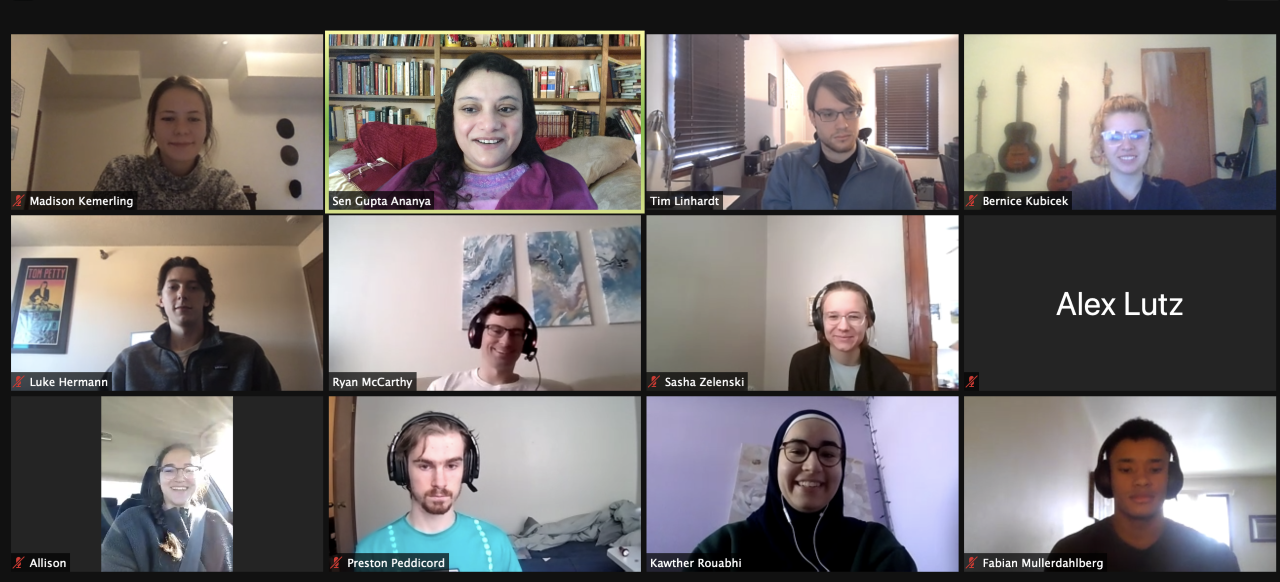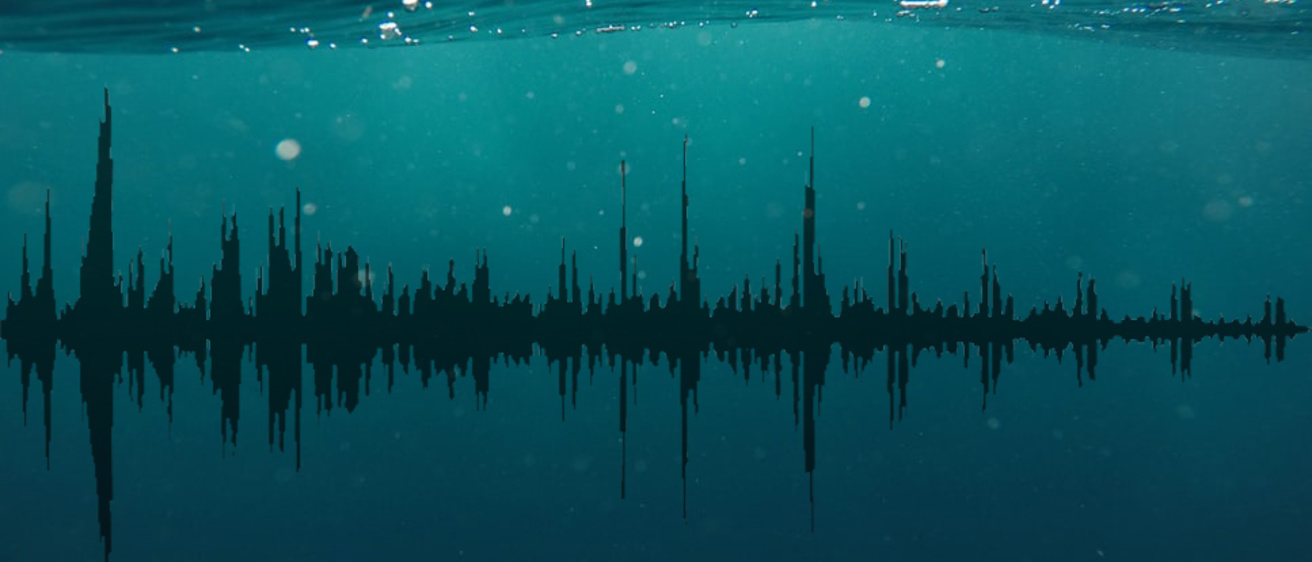Working in a unique sector of the signal processing field where computational algorithms intersect with underwater acoustics, Ananya Sen Gupta has formed an environment of inclusion and innovation in her research group.
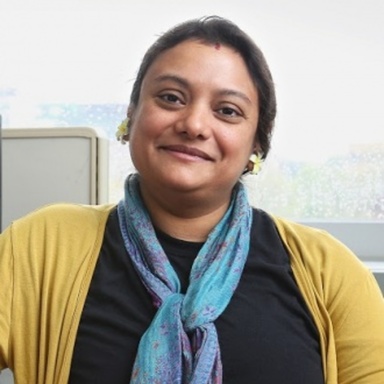
“As a professor, I feel that my best ‘products,’ so to speak, are my students,” said Sen Gupta, a University of Iowa assistant professor of electrical and computer engineering and an Iowa Technology Institute faculty affiliate. “Papers and grants are very important, but the reason I chose to become a professor is not only to teach science but to train scientists.”
Since 2015, Sen Gupta has brought in $1.6 million in grants and research funding. These grants help fund research ventures and opportunities carried out by her cohort of students.
Her research group is comprised of six undergraduate researchers, three PhD students, and one master's student, with all post-graduate students being funded by Office of Naval Research and Department of Defense grants. More recently, Sen Gupta has been invited to mentor doctoral students at the Indian Institute of Technology, Dehli and other premier international academic institutions.
Sen Gupta and her research opportunities have created a successful pipeline of students transitioning from her group to defense- and military-related research at organizations around the country.
Bryan Ehlers is a prime example of students whose work with Sen Gupta has helped catapult them to a career in research at high-level laboratories. Ehlers completed internships at the Massachusetts Institute of Technology Lincoln Laboratory in 2017 and 2018 while enrolled at UI and was hired full-time in August 2019.
“The project I had started during my internship was turned into my MS thesis and involved analysis of a hybrid beamforming and multiuser detection receiver for dense wireless networks,” Elhers said. “Right now, I work in the Advanced RF System and Techniques group where we work on developing and analyzing signal processing algorithms for wireless communications and SIGINT systems.”
Ehlers got involved with the Sen Gupta research group while taking her digital signal processing course. He chose to complete a thesis as part of his MS degree and asked Sen Gupta to be his adviser. Sen Gupta then invited him to join her research group.
“Her mentorship style is something I am very thankful for,” Ehlers said. “She gave me plenty of space to learn how to conduct research and not simply follow instructions.”
Sen Gupta and her research group apply geometric constructs, feature cognition, and adaptive signal processing for the sensing and interpretation of measured raw signals to enhance real-time understanding of local environments. She works closely with physicists, translating their work to a mathematical plane and designing algorithms to tease apart events of interest.
Signal processing involves the analysis, modification, and synthesis of signals from instruments and sensors that measure different environmental processes. In Sen Gupta’s field this entails capturing acoustically scattered signals from underwater environments by hydrophone arrays and sonar systems.
Sen Gupta describes signal processing, particularly identifying signals that carry the signature of something interesting in the environment, as working within a “cocktail party effect”; with so many different interfering sounds, or signals, happening simultaneously, it can be difficult to pinpoint what is important information and what is simply ‘noise.’ She works with collaborators to identify what is scientifically important and why.
An important piece of Sen Gupta’s work is algebraic geometry: the systematic description of shapes, how they interact, and how they can be specified with mathematical rigor. She develops geometric feature engineering techniques, providing deep physical interpretation into the measured signals and enhancing dynamic understanding of environments.
Her computational techniques also allow machine learning algorithms to discover new features that may be buried against background interference. This enables the mining of new scientific knowledge from potentially intractable amounts of sensor data.
“Putting algebraic geometry into a quantitative description that can be used to tell an algorithm ‘this is the type of shape you’re looking for’ is how my algorithms get to the core of events and tease them out against the background,” Sen Gupta said.
Collaborating with and working under grants from organizations including the Office of Naval Research, MIT Lincoln Laboratory, National Science Foundation, and the Iowa Space Grant Consortium, Sen Gupta researches physical layer to network level underwater acoustic communications, the tracking of environmental pollution, and the identification of high-energy events in outer space.
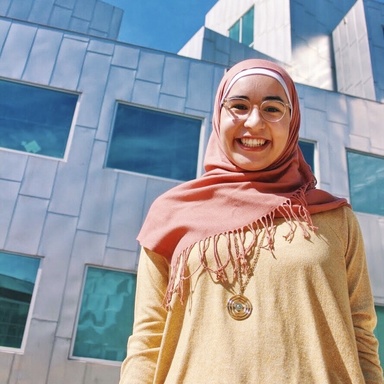
Under Sen Gupta’s mentorship, her students have been introduced to high-level research early in their careers. Kawther Rouabhi, an undergraduate researcher, joined Sen Gupta’s group during the spring semester of her freshman year.
“Even when I was just starting out, Dr. Sen Gupta has always valued my input on our projects and pushes me to independently solve problems when they arise, which has given me more confidence as a researcher,” Rouabhi said. “Her incredible diligence as a professor and researcher has made her a valuable role model for me.”
Rouabhi’s current work involves the development of an algorithm to autonomously detect and extract geometric features of solar wind ion trails in the ionosphere of Mars, using data from NASA’s MAVEN Spacecraft. This project aims to help understand how the Sun interacts with planets that do not have a strong magnetic field and how solar wind affects a planet’s atmosphere and climate.
“Dr. Sen Gupta is a fiercely compassionate mentor who will always go the extra mile for her students and colleagues,” Rouabhi said. “Last December, I had the humbling opportunity to present a poster alongside Dr. Sen Gupta at the American Geophysical Union Fall Meeting in San Francisco. As my mentor, she has always pushed me to do things outside of my comfort zone, and presenting at one of the largest academic conferences in the world was no exception.”
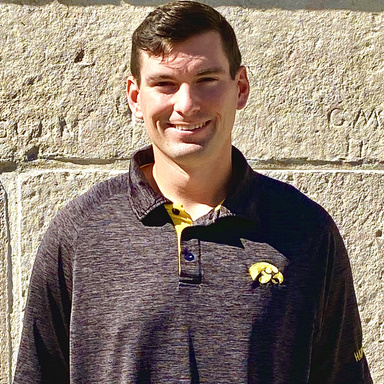
The experience at AGU and the ongoing work in Sen Gupta’s group has led Rouabhi to plan for a future career developing artificial intelligence applications and extending her engineering education as a doctoral student.
Ryan McCarthy is a PhD student of Sen Gupta and has gained experience in a plethora of the group’s research areas. Though he had little prior experience in the field applications, Sen Gupta was able to help break down and relate each research topic to signal processing and other topics he had studied as an undergrad.
“I started my journey in signal processing by exploring new ways to autonomously annotate gas chromatography mass spectrometry (GC-MS) signals,” McCarthy said. “From there, I was introduced to her underwater acoustics research where I was able to apply mathematical theory to the project. Next, I was able to explore a few of my own ideas in machine learning to delve deeper into the world of underwater acoustics.”
Applying concepts developed during the group’s work on underwater acoustics, McCarthy’s current research focuses on the identification of space “chorus” elements through machine learning techniques, informed by data collected in the Van Allen radiation belt.
“What I most appreciate about Dr. Sen Gupta’s style of mentorship is that she is very hands-off and allows for exploration of independent research,” said McCarthy. “Though she provides me an evidence-based application to integrate into my work, she lets me explore my own ideas and will discuss issues that I may encounter and provides input on how to fix an issue or enhance my learning and development.”
